Why Italy is the Place to be When You Are Gluten-Free
15 years of Gluten-Free Living, Eating and Cooking in Italy
I brought two jars of my coveted quince jam (only 6!) to Ireland in October for the review of my in-house taste tester because I knew that no one would appreciate the love and time that went into them more than Riccardo. I am still on a learning curve when it comes to recipe writing, but accuracy matters to me, so I tend to obsess about the quality of the result.
I also put a bag of stone-ground gluten-free flour in my suitcase with the intention of making a gluten-free quince and walnut crostata, but I didn’t manage to get there, as is often the case. The seasons pass quickly, and there is so much I want to cook and experiment with, and most importantly, so much that I want to write about and share, so this is a huge source of frustration for me.
I am honestly in awe of the Marthas in this life who excel at time management and who seem to be nailing it on all fronts in constant multi-layered productivity. These aren’t necessarily my own goals, but I wonder how they do it, I wonder if they sleep.
I often forget that I have an autoimmune disease which benefits from a slow and considered pace. When I start to speed up, my body tends to pull me back, so I am slowly coming to terms with this. My difficulties with staying focused, another personal struggle, is probably a result of a long overdue diagnosis of ADHD which becomes more difficult to manage in women as they age. It’s hard to filter out ‘the noise’ and the rhythm of my current life does not allow me to shift into the uninterrupted periods of hyperfocus that I once knew (and love).
Cooking, writing and connecting people with good food are my passions, and I have a long list of projects and pieces which I haven’t been able to reach. Among these are my desire to share my journey with celiac disease and the joy and abundance that comes from the gluten-free regional Italian kitchen.
A Dublin-based pal got in touch recently to tell me that her Italian neighbour’s daughter was diagnosed with celiac disease, and she asked if I had anything published here. Well, all of my recipes are gluten-free, but there is so much involved when transitioning to a gluten-free lifestyle for yourself or your loved ones.
It’s a process.
And with this, I have decided to start Green Italian Kitchen’s, Gluten-Free Italy series.
Celiac disease is a chronic autoimmune disease which prompts an immune reaction when the body is exposed to the protein gluten found in foods such as wheat, barley or rye. While celiac disease affects every organ in the body, it begins in the small intestine. The consumption of gluten damages the lining and causes intestinal permeability and malabsorption.
1 in 100 people worldwide have celiac disease and there are over 200 symptoms. This does not consider the population that exists on the wide spectrum of ‘gluten sensitivity’ ‘which affects six to seven times more people than celiac disease.’ Many people suffering from chronic illness or malaise do not realize that celiac disease or gluten sensitivity is the cause and neither do their healthcare providers.
Many people are unaware that Italy has one of the highest rates of celiac disease in the world.
For those of you who are new here, or who haven’t read my About section, I have been living with celiac disease in and out of Italy for nearly 16 years.
I discovered my celiac disease in 2009 only weeks before relocating to Rome. As a lifelong Italian food lover, I was devastated. My diagnosis felt like some kind of sick joke, but I soon realized that life was handing me a wonderful gift.
I went to Gran Caffè Gambrinus in Naples, ordered a box of pastries, ate them all (lived to tell the story) and then started on my journey.
I began documenting my adventures in gluten-free regional Italian cooking and eating on a blog called Retrogusto but then I stopped because I lacked confidence and the ability to produce the highly curated photography that complimented the food writing of this time. I thought that I didn’t have the right dishes, linens or kitchen/s when I actually did. I also convinced myself that no one would be interested in gluten-free Italian food even if in my heart I knew I was wrong. I let the false pursuit of perfection get the better of me.
After we moved to Calabria, I stopped writing but continued cooking and enrolled in NYC’s Institute of Integrative Nutrition to qualify as a certified Health Coach and further explore my interest in food as medicine. Nine years ago, between the births of my two children (and only thanks to Italy’s affordable child care), I earned a Master’s Degree from the University of Rome Tor Vergata in the ‘Culture of Nutrition and Food and Wine Traditions’.
Here, I developed my thesis around Green Italian Kitchen inspired by traditional Italian food culture, holistic health and food education.
‘Italy’s historic food culture and cuisine is one of the healthiest on the planet and ranks the highest in terms of sustainability. There are a myriad of regional recipes that are naturally free from gluten or that can be easily adapted to suit those with gluten-related disorders, food intolerances and alternative diets. Not to mention Italy’s production of high-quality gluten-free products and ingredients. Italians have one of the highest populations of gluten-related disorders in the world, this together with their cultural passion for food, positions Italy as one of the world leaders in gluten-free research and development. Italy, already one of the most travelled countries on the planet by the English-speaking market, has become one of the friendliest travel destinations for people in this growing population.’
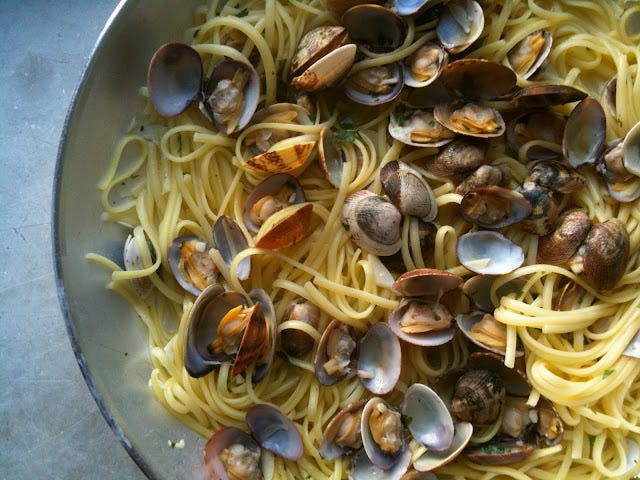
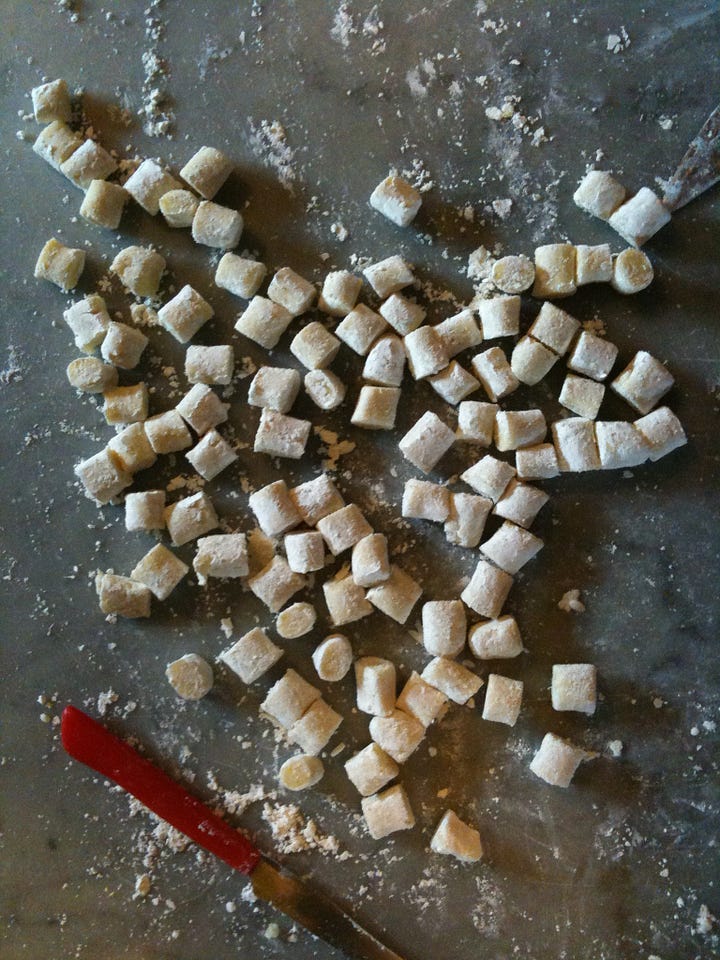
My research goal was to prove why Italy with its Mediterranean diet, wholefood plant-forward culture and the unique food traditions of its regions were positioned to offer ideal tourism and enogastronomic experiences to gluten-free travellers and their families. Not to mention those following alternative diets.
‘In Italy, food and history are inseparable, with Italian cuisine being one of the most loved on the planet as confirmed by Italian food historian John Dickie on the History Channels De Gustibus. Unfortunately, many people in the English speaking world, think Italian food means pasta, bread and pizza. Their idea of authentic Italian food is often confused with Italian American cuisine, a product of Italians from different regions coming together for the first time in a place far from home. As a result, the emerging market of people with celiac disease and gluten-related disorders, special diets and health issues generally think that Italian food is no longer accessible to them when authentic Italian cuisine offers an endless treasure trove of traditional dishes that people in this population might have never even have dreamed to have eaten.’
Dr. Alessio Fasano, MD, world-renowned gluten-related disorders expert, Visiting Professor at Harvard Medical School, Founder and Director of the Center for Celiac Research at Massachusetts General Hospital in Boston Massachusetts and best-selling author backs up this theory in his book Gluten Freedom:
‘There is a general misconception that Italians eat only pasta and pizza. When I was young, we enjoyed our pasta and bread, but many of the ingredients and recipes from my childhood [in Salerno] were naturally gluten-free. Italy has yet to gain the international merit and visibility it deserves in regard to the high quality of services and products that it currently offers to this market.’
So much has changed since then including the stellar growth of the gluten-free market and the predicted demand for alternative diets.
I have chosen to make this a strand of my work as opposed to the focus as suggested by some, because my food interests go beyond the gluten-free Italian kitchen, and our diseases don’t define us, they are simply part of who we are.
The Gluten-Free Italy series, which I plan to feature once a month, seeks to provide individuals and their families access to recipes and food that they may have thought they might never enjoy again. For those of you who are already knee-deep in gluten-free recipes, I hope you find something new. This series will include recipes for gluten-free regional Italian kitchen basics that will, in turn, open the door to an endless amount of recipes.
The authentic Italian regional kitchen offers a range of naturally occurring gluten-free flours and pseudo-grains which are often sustainable and improve the nutrition and taste profiles of traditional recipes. This does not include the extensive range of regional and seasonal gluten-free artisan products that are readily available.
Celiac disease often comes with the secondary diagnosis of lactose intolerance, so the Italian market also offers a wide range of products that are both gluten and lactose-free — as are most of the recipes featured here.
Have I had poor gluten-free eating experiences here in Italy? Absolutely. But I have also had some of the best meals of my life. Gluten-free eating can often be seen as limiting, but when you look in the right places, it can be diverse and abundant for everyone involved.
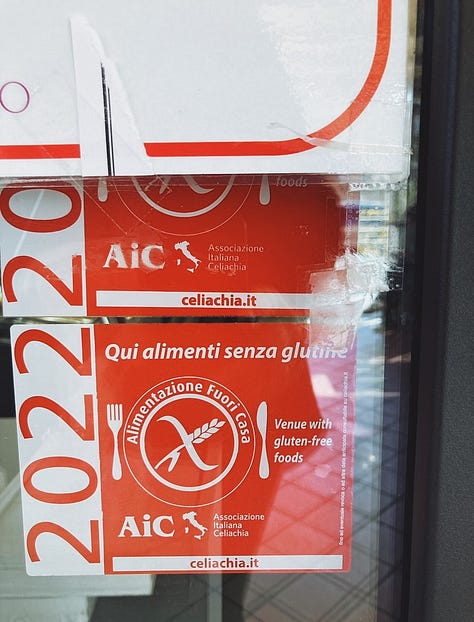
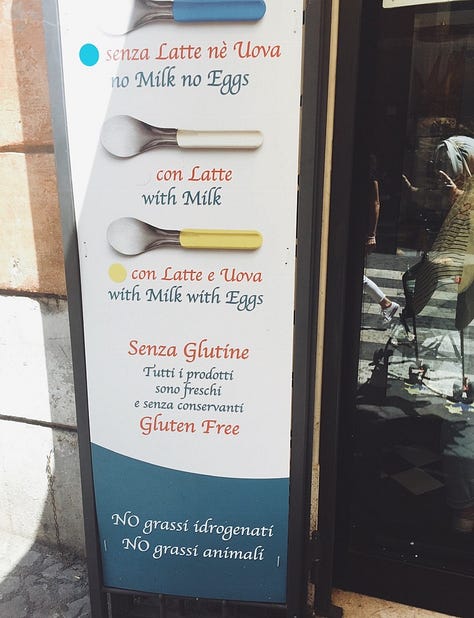
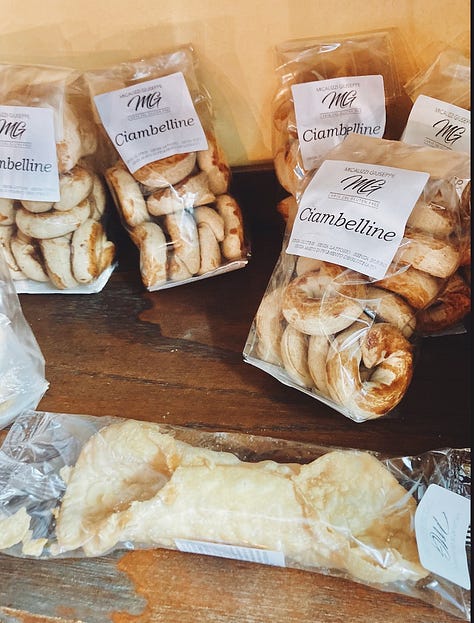
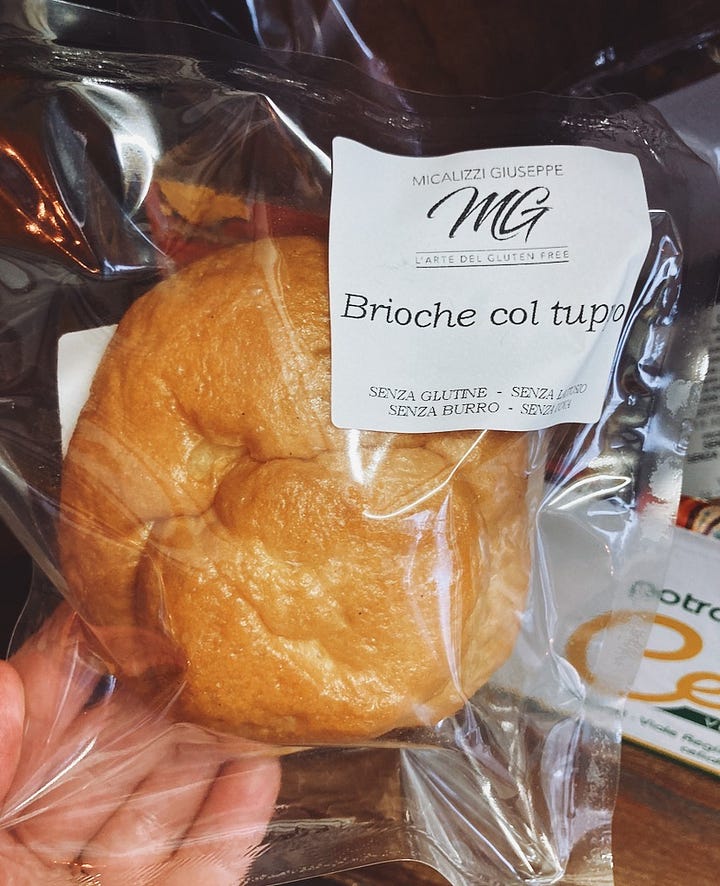
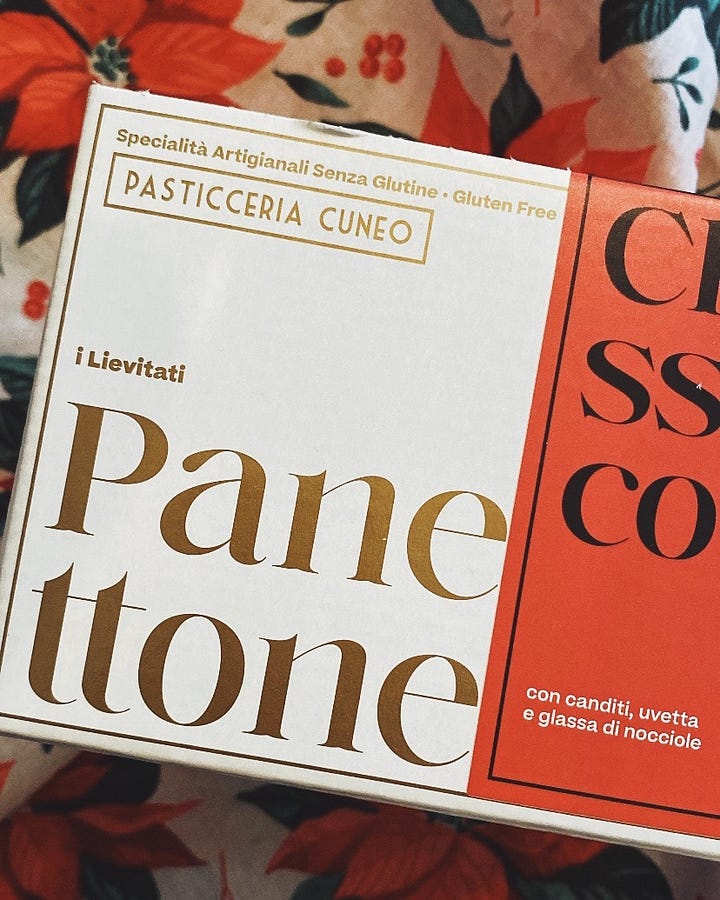
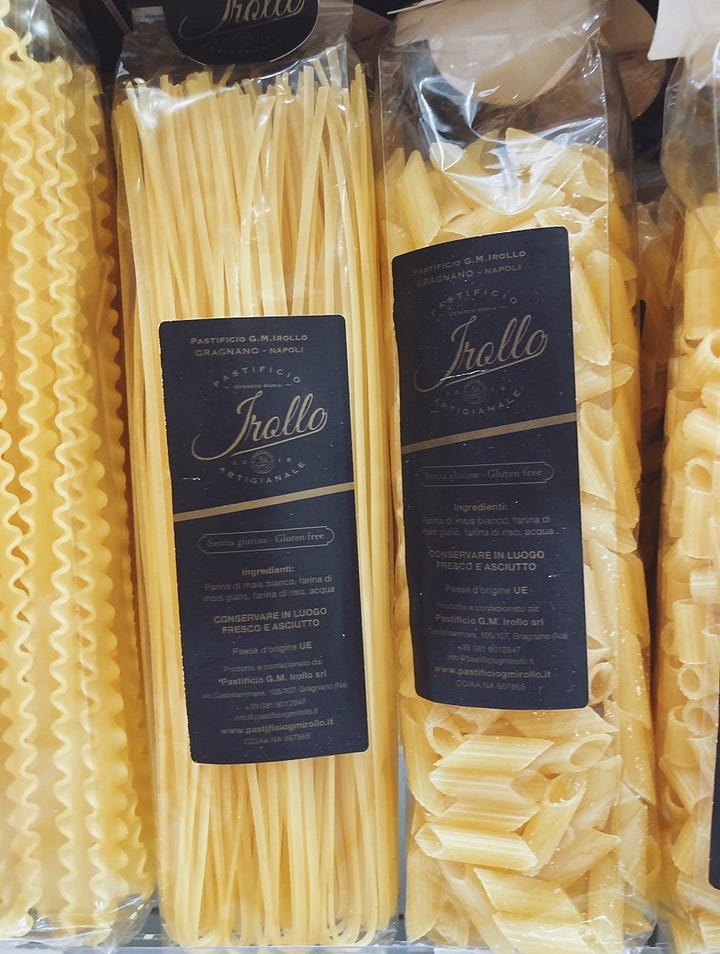
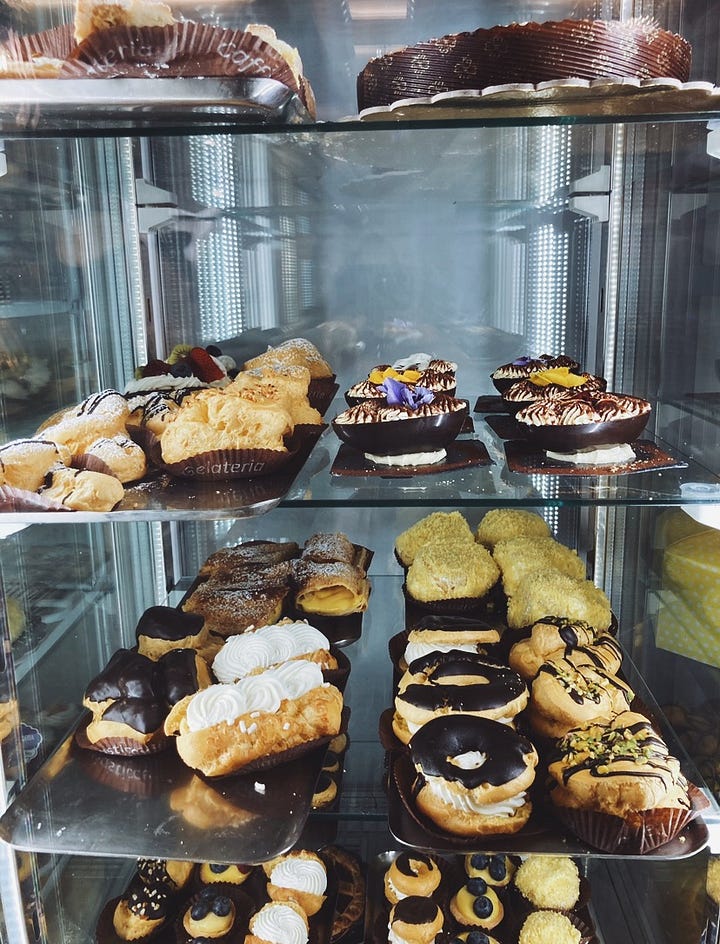
The joy that I feel when I know I can enjoy my favourite foods prepared with safety and love or explore the traditional foods of a new culture is an opportunity I would like to facilitate for others. There is so much uncertainty and fear involved in eating gluten-free not only for those who follow this diet but also for those who are cooking for their friends and loved ones. Even if you are not on the spectrum, there is a good chance that you know or love someone who is and therefore gluten-free recipes and knowledge are handy to have under your belt, especially around holidays and festivities. The minimal effort, love and care you can put into a gluten-free or alternative diet dining experience can also become a source of comfort, joy and satisfaction for those on the receiving end.
Dr. Alessio Fasano also points out this crucial fact:
‘The time of diagnosis represents one of the most challenging parts of my professional responsibilities. The typical response of a patient newly diagnosed with celiac disease is anger, frustration, anxiety, depression, and denial which can sometimes come all at once. …I never minimize the feelings of someone who has just realized that his or her life has been changed forever by this restriction on one of the most enjoyable activities of humankind, that is, eating. More than 10,000 years ago, the gluten-free diet was a way of life. Now gluten-containing grains are so intertwined with our cuisines that removing these grains seems like a daunting proposition.’
So what ultimately makes eating gluten-free in Italy so different from other countries? Well, I think this boils down to the feelings and values that exist at the core of Italian food culture.
Italy provides each man, woman and child with a monthly allowance to purchase gluten-free food in supermarkets and pharmacies with this same ‘food as medicine approach’ (so much to say about this at a later time). For Italians in general, the idea that you will sit down at the table and leave not having eaten well is, for the most part, unthinkable.
The statistics that I mentioned above, should also be considered by hospitality providers here in Italy who have yet to open their offerings to the earning potential of this market. Families often make dining and hospitality decisions with gluten intolerance and celiac disease in mind. We chose our wedding caterer and restaurants for large family celebrations based on their ability to cater to this need which is always present in at least a handful of guests (and I wasn’t getting married in Sicily without a trayful of gluten-free cannoli).
The AIC (Associazione Italiana Celiachia) is a non-profit network of associations of patients, family members and professionals who work in the interest of those living with celiac disease. The Out-of-Home Eating programme offers consumer guides and certification for safe dining in catering establishments throughout Italy.
In a few days, I will share the recipe for a gluten and lactose-free quince crostata with a walnut-laced pasta frolla or shortcrust pastry — a handy number to have through the autumn and winter months.
In the meantime, I hope you will share this post with your family and friends and continue to stick around my Green Italian Kitchen where there is always something delicious to satisfy everyone at the table.
This is gluten-free? You would never know…


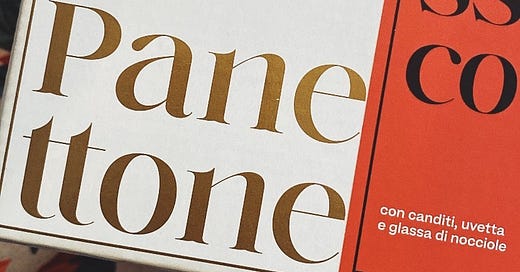







I've wondered about eating gluten-free in Italy. You make it sound really accessible! Look forward to visiting some day.
Another informative article, thank you! I love that we can get gf foods at the pharmacy as part of integrative supports. The only dairy my son doesn’t react to is sheep and of course there is so much of that here ✨